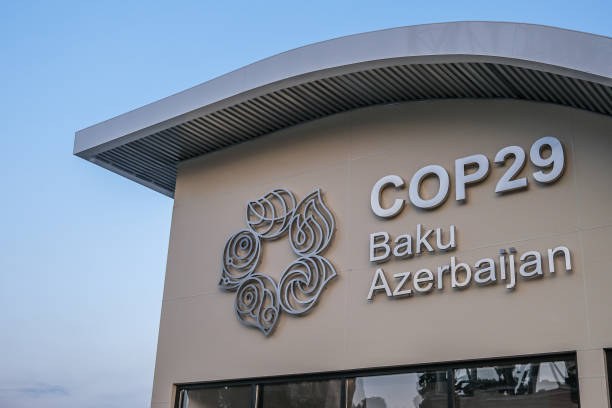
COP29: Millions of dollars at stake
The U.N. COP29 conference, which is scheduled to be held from Nov. 11 to Nov. 22 in Baku, might pressurize rich countries to increase their contribution to ‘climate finance’ for poor countries by hundreds of billions of dollars.
Climate finance is likely to be the top agenda at the conference amid disagreements on how much is needed, who should pay and what should be covered in it.
Nearly 200 nations are expected to agree on a new finance goal beyond 2025 at COP29. India has proposed a call for $1 trillion annually, with some other proposals suggesting even higher amounts. U.N. commissioned experts estimate that apart from China, other developing countries would require $2.4 trillion per year by 2030.
The distinction between climate finance, foreign aid and private capital is often unclear and campaigners are pushing for transparency to specify where the funds come from, and in what form. Coallations of activists, environment and scientific organizations wrote to governments in October asking rich nations to pay $1 trillion a year into three clear categories. Around $300 billion would be government money for reducing planet-heating emissions, $300 billion for adaptation measures and $400 billion for disaster relief known as “loss and damage”. Developed countries, however, are opposed to including funds for “loss and damage” in any new climate finance agreement reached at COP29. Campaigners are also critical of the $100 billion pledge because two-thirds of the money was given as loans and not grants. The signatories believe that all the funds should be given as grants, instead of loans, as loans could worsen debt problems for poorer countries.


